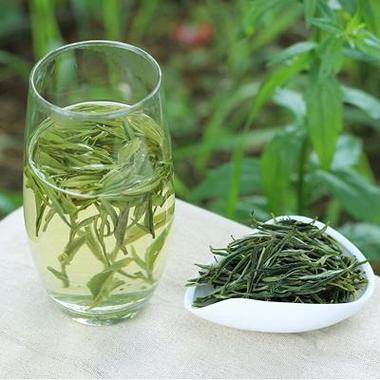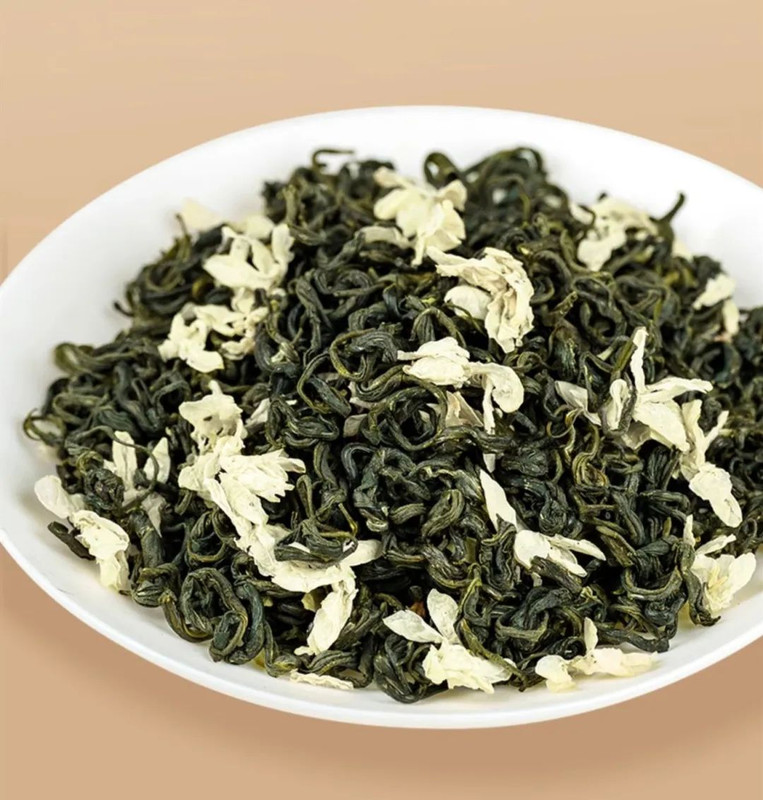Yes, Chinese tea contains caffeine, but the caffeine content varies significantly across different tea types, primarily due to differences in processing techniques and raw material characteristics. Below is a detailed analysis:

Caffeine Content Ranking of Six Major Tea Categories
- Green Tea
- Content: 28.8 mg per 0.2 g of tea leaves, approximately 30-50 mg per cup (150 ml) (premium Longjing can reach 48 mg).
- Reason: High-temperature deactivation process locks in caffeine from tender buds, with younger leaves containing more caffeine.
- White Tea
- Content: 25.7 mg per 0.2 g of tea leaves, about 25-40 mg per cup.
- Feature: Baihao Yinzhen (Silver Needle) has higher caffeine due to dense white hairs on the buds.
- Yellow Tea
- Content: 25.2 mg per 0.2 g of tea leaves, around 25-35 mg per cup.
- Processing Impact: The “yellowing” process (mild oxidation) causes partial caffeine breakdown.
- Oolong Tea
- Content: 23.3 mg per 0.2 g of tea leaves, approximately 23-75 mg per cup.
- Reason: Semi-fermented process retains more caffeine, and thorough rolling enhances extraction.
- Black Tea
- Content: 20.1 mg per 0.2 g of tea leaves, about 40-60 mg per cup (Jin Junmei can reach 55 mg).
- Feature: Fully fermented process and bud-based materials (e.g., Jin Junmei) increase caffeine content.
- Dark Tea/Pu-erh Tea
- Content: 18.7 mg per 0.2 g of tea leaves, around 20-30 mg per cup.
- Reason: Post-fermentation process degrades caffeine via microbial activity, and mature leaves are used as raw material.
Key Influencing Factors
- Brewing Method
- Water Temperature: Higher temperatures (e.g., 100°C for black tea) extract more caffeine than lower temperatures (e.g., 80°C for green tea).
- Steeping Time: Longer steeping increases caffeine extraction.
- Leaf-to-Water Ratio: More tea leaves result in higher caffeine concentration.
- Leaf Maturity
- Buds (e.g., pre-Qingming tea) contain more caffeine than mature leaves.
- Origin and Harvest Season
- High-mountain tea and spring tea generally have higher caffeine levels.
Health Considerations
- Stimulating Effect: Green tea > White tea > Yellow tea > Oolong tea > Black tea > Dark tea.
- Moderate Consumption: Daily caffeine intake is recommended to not exceed 400 mg (approximately 4-6 cups of tea). Excessive intake may cause insomnia or palpitations.
- Special Populations: Pregnant women, children, or caffeine-sensitive individuals should exercise caution.
All Chinese teas contain caffeine, but levels vary by type. For a stronger energizing effect, choose green or white tea; for a milder experience, opt for black or dark tea. Adjust brewing parameters to balance enjoyment and caffeine intake effectively.

